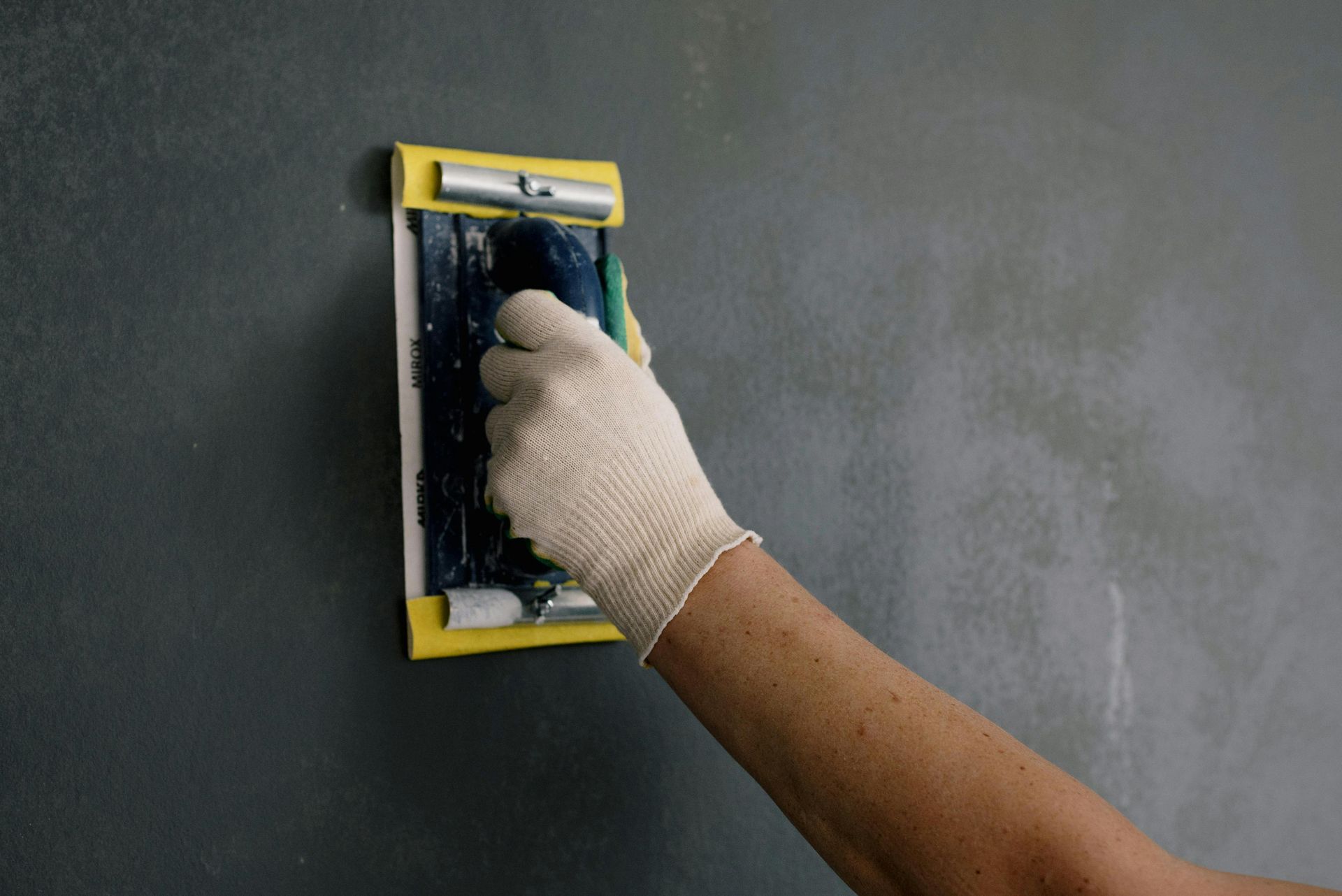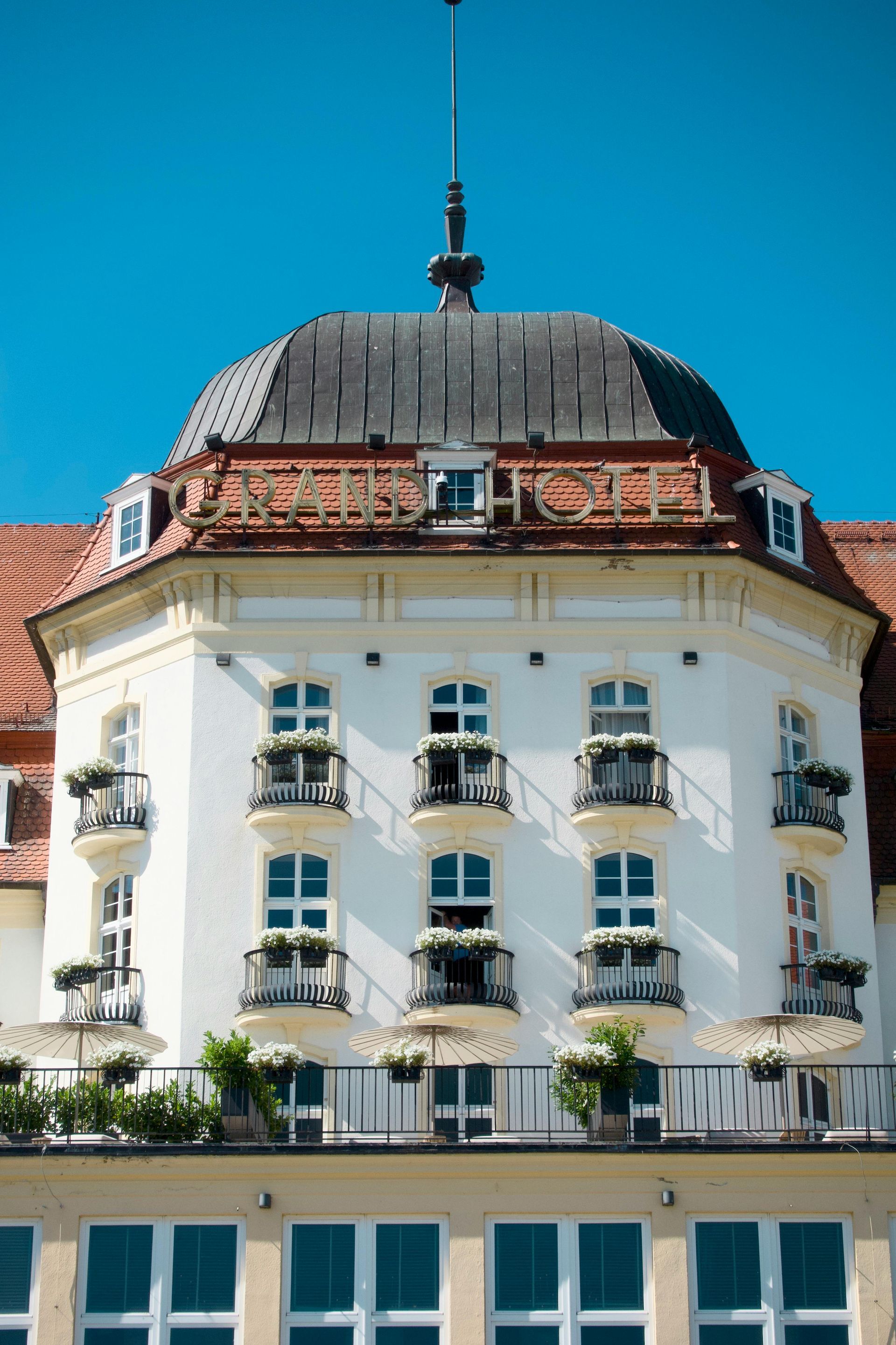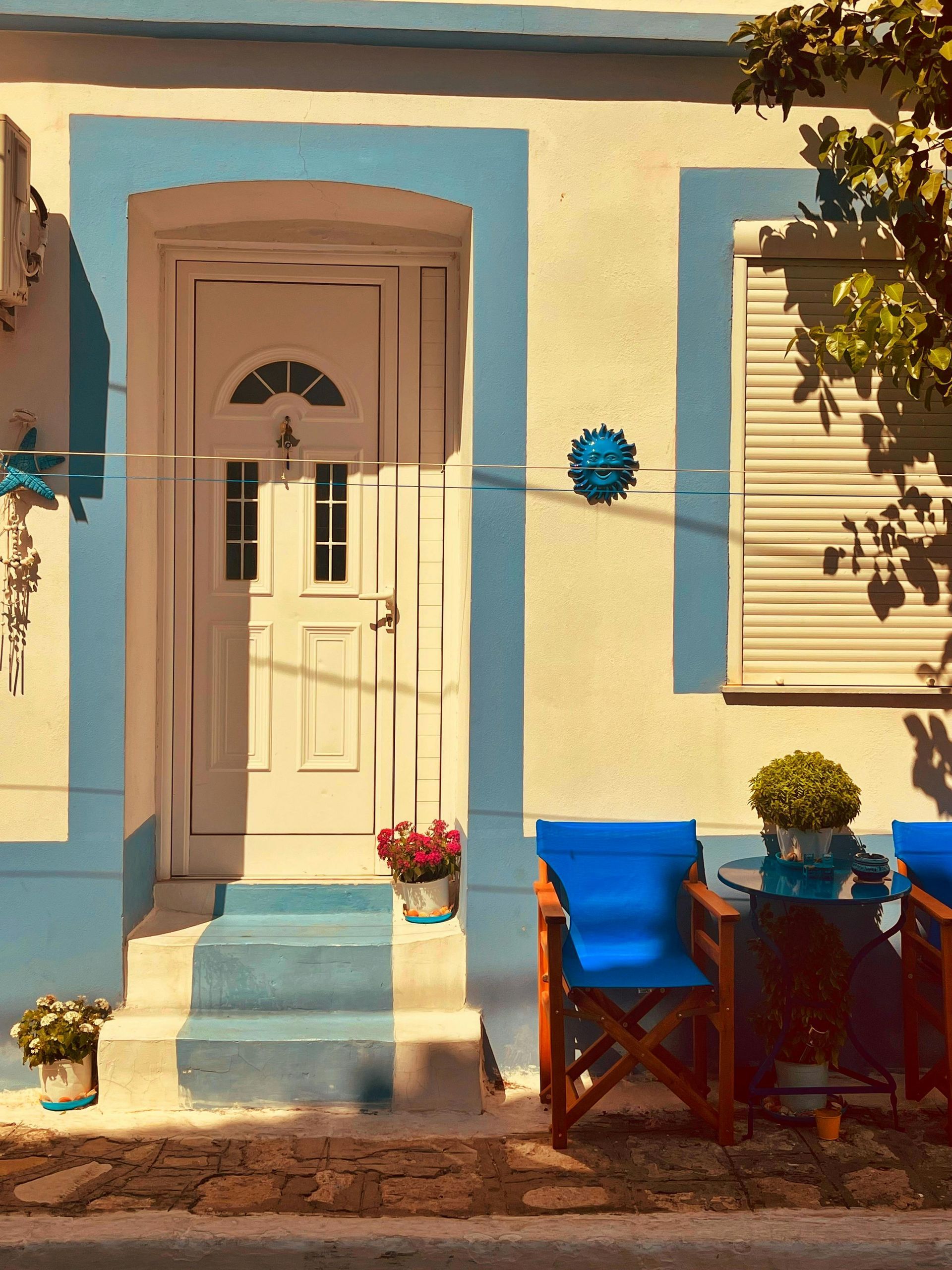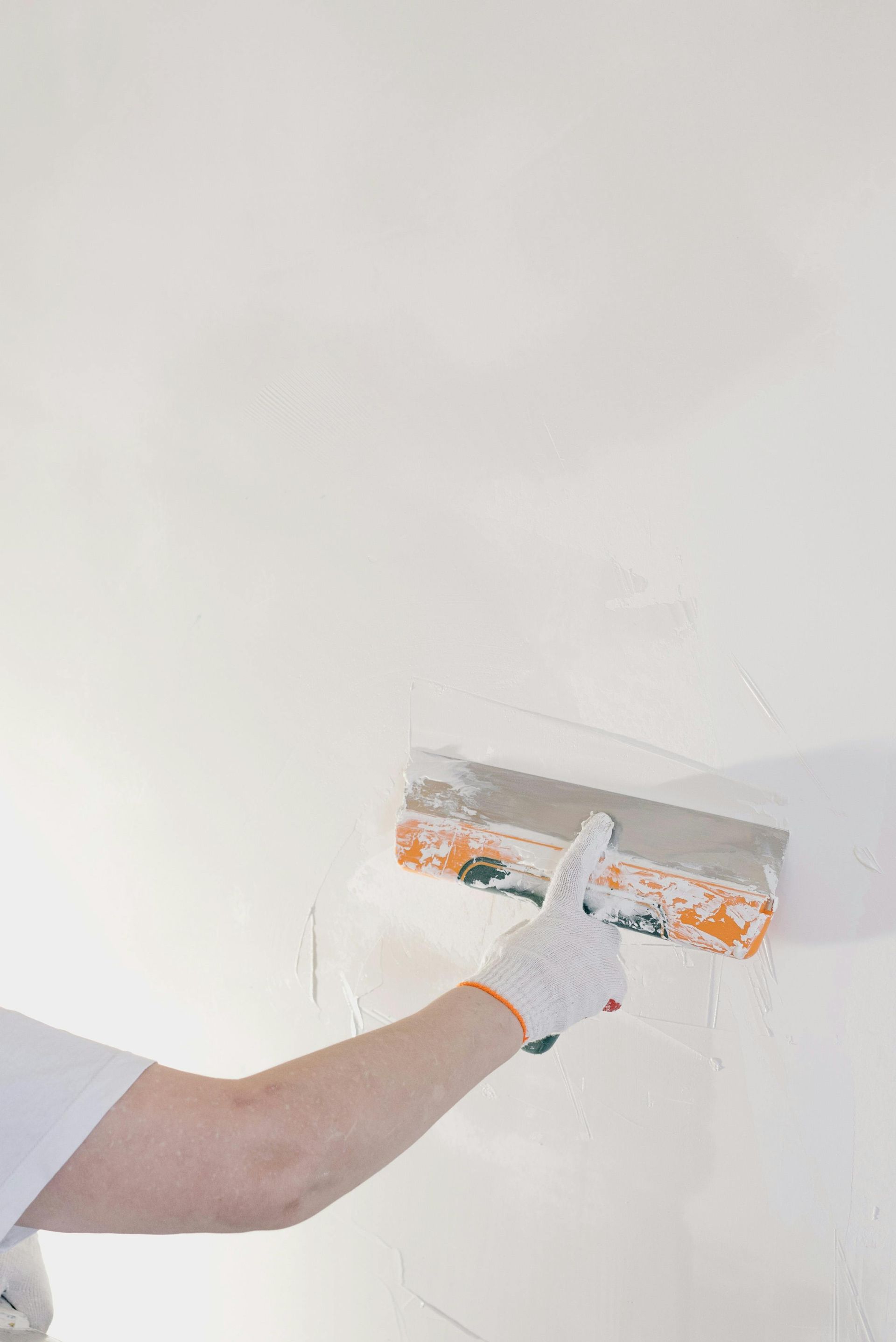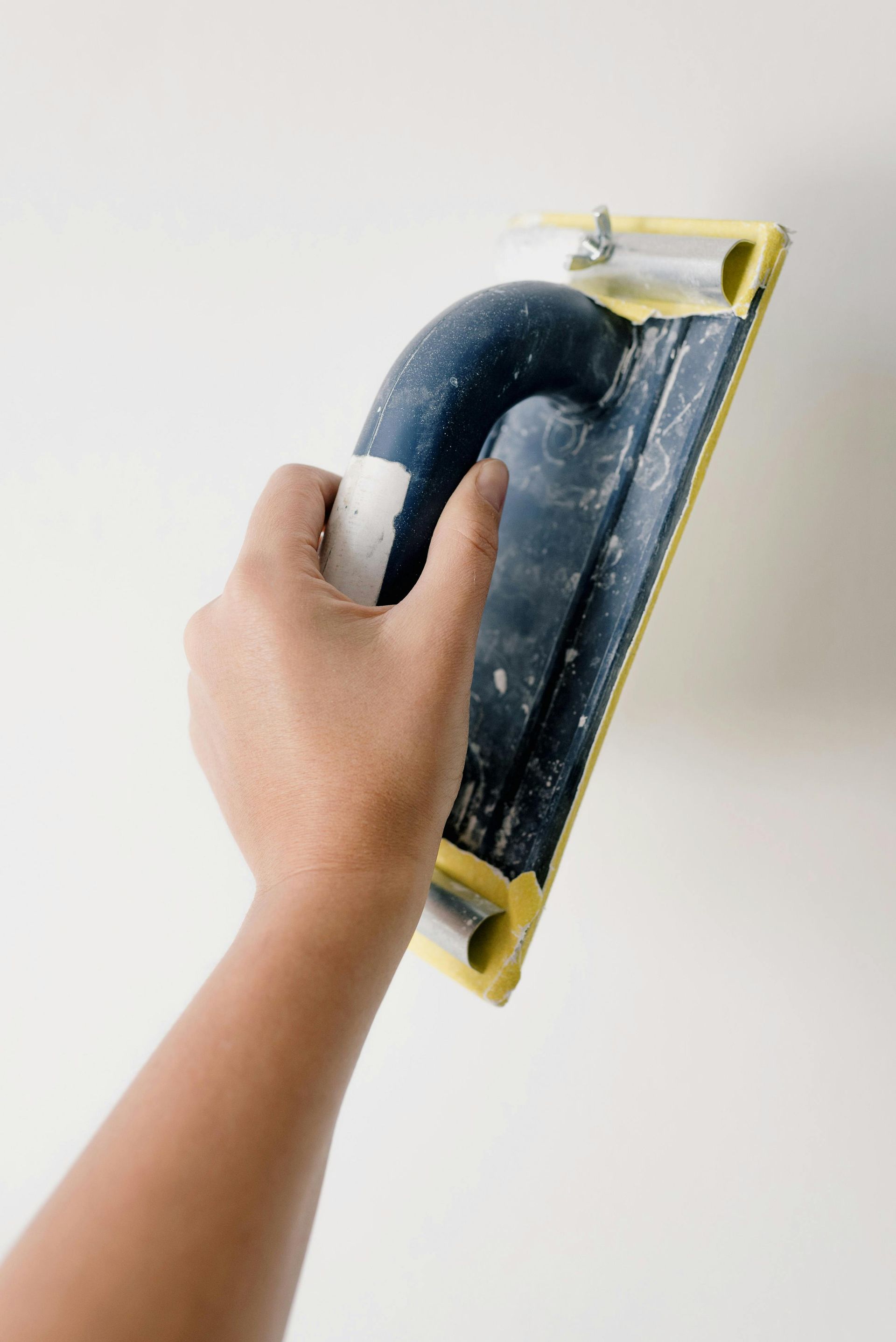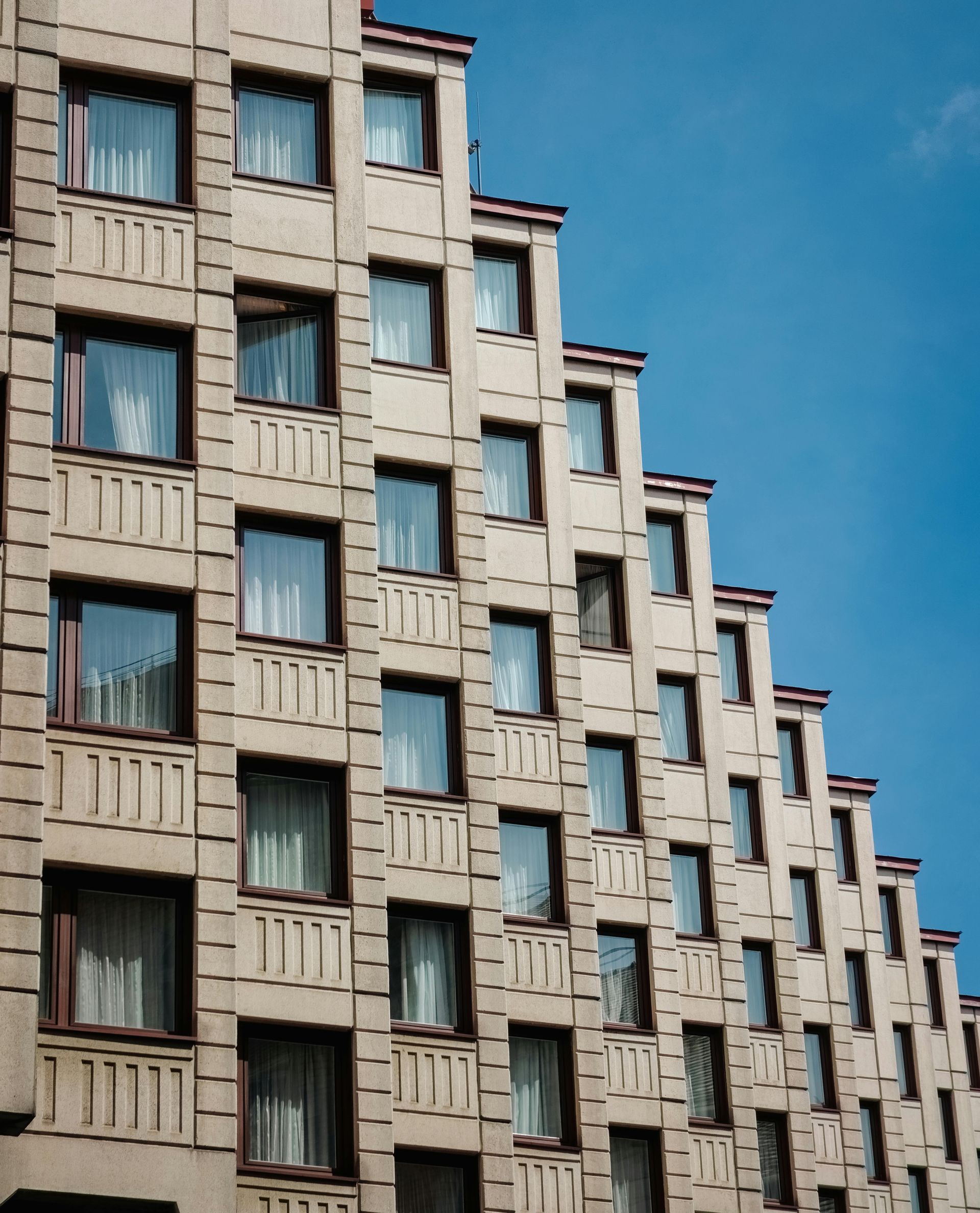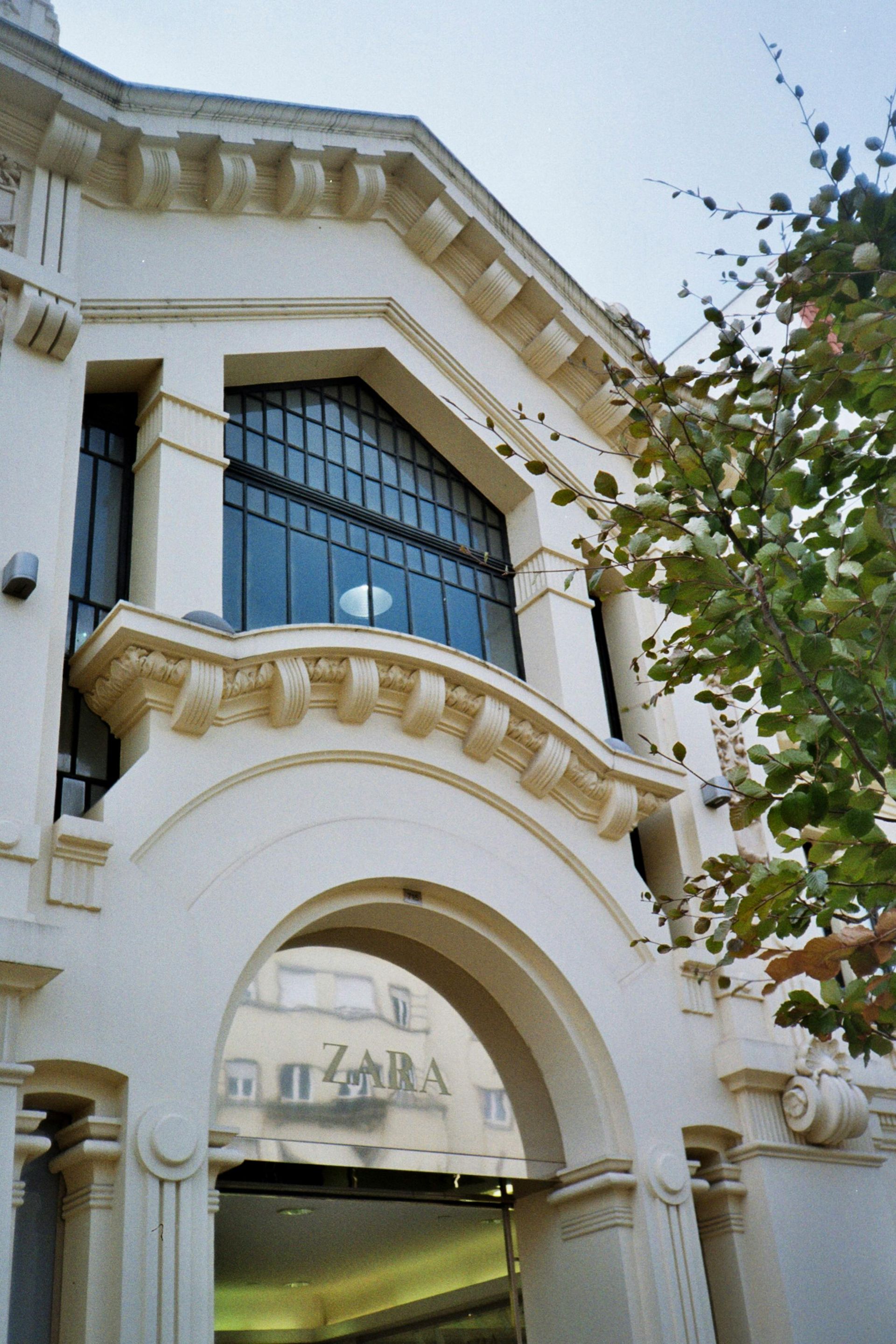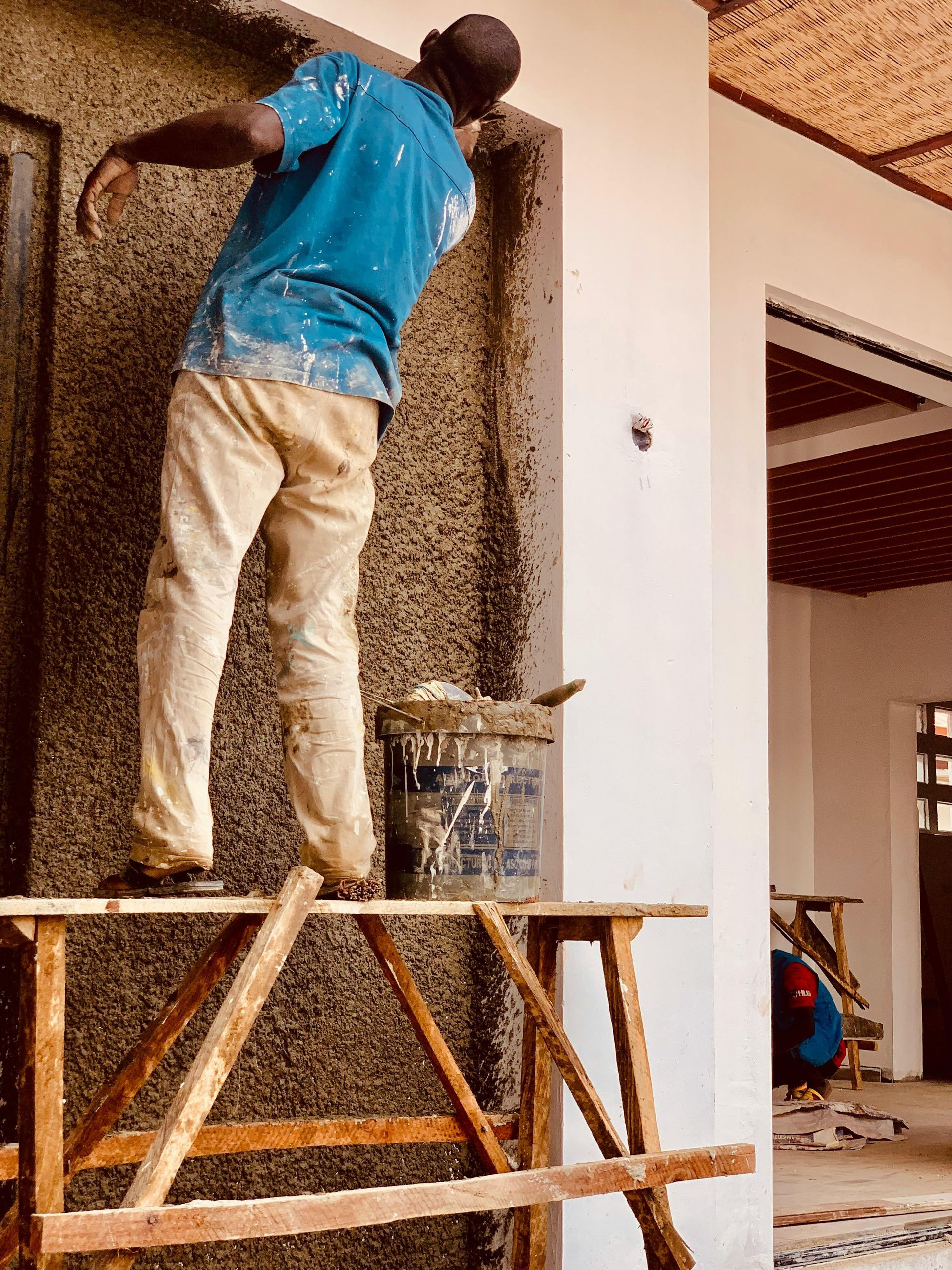What’s Next for Plastering? Experts Predict the Future of Construction Finishes
Walk around any city in the Bay Area, and you’ll see buildings that have stood for decades, many of them finished with plaster. From sleek office complexes to historic apartment buildings, plaster has always been a trusted material in construction. But like everything else in the industry, plastering isn’t standing still.
Technology, sustainability, and design trends are reshaping the way walls and finishes are applied. If you’re a property manager, contractor, or developer, understanding where plastering is headed could help you make smarter investment decisions.
So, what’s next for plastering? Let’s hear from the experts.
1. Sustainability Will Lead the Way
One of the biggest shifts in construction today is the push for sustainable building practices. Plastering is no exception.
Eco-Friendly Materials Are in Demand
Traditional plaster is already more eco-friendly than drywall in many cases, but manufacturers are going further with:
- Lime-based plasters that absorb CO₂ as they cure
- Recycled aggregates to reduce raw material use
- Low-VOC additives for healthier indoor environments
Why It Matters for Property Owners
Bay Area tenants and investors are increasingly looking for buildings that meet green standards. Choosing sustainable plastering can help with:
- LEED certification points
- Long-term energy savings
- Marketing your property as eco-conscious
2. Smarter Plaster Through Technology
Yes, even plaster is getting smarter. Advancements in construction tech are changing how plaster is applied and how it performs.
Machine Application
- Spray plastering machines are speeding up projects, reducing labor costs, and ensuring consistent finishes.
- For large commercial projects, this means quicker turnarounds and lower budgets.
Digital Integration
- BIM (Building Information Modeling) is now used to plan plastering phases, cutting down on waste and scheduling errors.
- Augmented reality tools are helping contractors visualize finishes before application.
Self-Healing Plasters?
Research is underway into self-healing plasters materials that can automatically repair minor cracks. Imagine never needing to schedule costly wall repairs again.
3. Fire and Moisture Resistance Are Becoming the Norm
In the Bay Area, where earthquakes and seasonal rainstorms are part of life, property managers can’t afford weak finishes. That’s why modern plaster is evolving into a protective barrier, not just a cosmetic upgrade.
- Fire-Resistant Plasters: Engineered with special additives to slow fire spread, helping properties meet California’s strict fire codes.
- Waterproof and Breathable Plasters: Perfect for foggy coastal climates, these prevent mold growth without trapping moisture.
Expect to see these advanced formulations become standard in commercial projects over the next decade.
4. Aesthetic Customization Is on the Rise
Gone are the days when plaster just meant “smooth white walls.” Designers and architects are reimagining plaster as a design element in its own right.
Trending Finishes
- Polished Venetian plaster for luxury office lobbies
- Textured plaster walls for modern restaurants and retail spaces
- Colored plasters that eliminate the need for paint
For property managers, these finishes mean higher tenant appeal and stronger property value. A building with unique, durable finishes simply rents faster and for more.
5. Plaster as a Long-Term Cost Saver
Experts agree that one of plaster’s strongest selling points in the future will be its ability to reduce long-term costs.
- Lasts decades without needing replacement
- Requires less maintenance compared to drywall
- Protects structures against expensive water or fire damage
In the Bay Area, where building repairs can run into six figures, these savings are not just helpful, they're essential.
6. A Skilled Workforce Will Define the Industry
While technology is advancing, plastering is still a craft. The industry faces a shortage of skilled tradespeople, meaning:
- High demand for experienced plasterers
- Greater emphasis on training and apprenticeships
- Rising labor costs for projects requiring advanced finishes
For property owners, this underscores the importance of choosing a contractor with proven experience in commercial plastering, not just residential work.
7. The Bay Area Outlook: Resilient, Modern, and Sustainable
So what does all this mean for the Bay Area specifically? Experts predict that plastering will increasingly be used to:
- Reinforce buildings against earthquakes and weather extremes
- Meet California’s strict energy and fire codes
- Create modern, eye-catching finishes that attract tenants in a competitive market
Commercial plastering is moving from a “nice-to-have” aesthetic choice to a strategic investment in durability, compliance, and property value.
Final Thoughts
Plaster has been around for centuries, but the future of plastering looks nothing like its past. With eco-friendly materials, smarter technology, improved fire and moisture resistance, and endless design options, plastering is becoming one of the most versatile and valuable investments in construction.
At Commercial Plastering Inc., we’re already helping Bay Area property managers and contractors take advantage of these trends. Whether you need a sustainable upgrade, advanced protective finishes, or just want walls that wow tenants, we’re here to guide you into the future of construction finishes.
Ready to see what the future of plastering can do for your property?
Let’s talk today.
